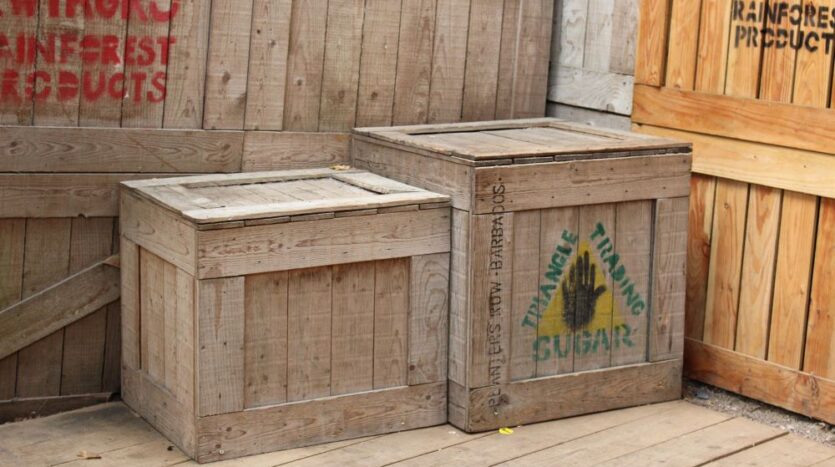5 Things to Do Before Crate Shipping Your Goods
Businesses shipping products to customers and individuals moving belongings to a new location can benefit from crate shipping. Crates can be easily stacked on top of one another to optimize storage and shipping space, reducing overall shipping costs.
In this article, we’ll cover the different types of shipping crates and the key steps you should take when shipping crates. If you’re unfamiliar with the crating process, it might help to get professional shipping and crating services to learn from the experience.
Choose the Right Type of Shipping Crate
Wooden crates are affordable and can be custom-built into specific shapes and sizes. For overseas shipping, wood crates must comply with ISPM-15 standards to avoid pest contamination.
Metal crates are strong and durable, but they are also more expensive. They resist pests and can withstand harsh weather conditions. This makes them ideal for international shipping of heavy, hazardous, or high-value items.
Plastic shipping crates are lightweight and resistant to moisture and chemical damage. They are perfect for transporting medicines, fresh goods, and other moisture-sensitive products.
Whatever the type of crate you choose, ensure it’s the right size and material for your items.
5 Key Steps in Crate Shipping
1. Label the Crate Clearly
Place clear and accurate shipping labels on your crate. Make sure the labels provide all the necessary information and are easy to see. It’s best to place the labels on multiple sides of the crate.
Shipping crate labels typically include details such as contents, weight, destination, and recipient information. The label may also include special handling instructions. When transporting breakable items, remember to mark the crate “fragile.”
2. Pack the Crate Properly and to Capacity
Pack the crate fully to minimize the chances of items shifting during transport. When packing the crate, place heavier items on the bottom and lighter ones on top to help stabilize the container.
Wrap fragile items like electronics and glassware separately. Protect all items from impact by using cushioning materials like bubble wrap, foam, paper, or packing peanuts. If you can’t fill the crate to capacity, use plenty of cushioning materials to fill the excess space.
3. Seal The Crate Tightly and Securely
Seal the crate tightly to keep it intact throughout the shipping process. Secure it with screws, nails, packaging tapes, or other appropriate materials.
While it’s important to pack the crate fully, don’t overload it. Exceeding the crate’s weight capacity can compromise its strength and endanger the safety and security of your goods in transit.
4. Check Compliance Requirements
Depending on the nature of the goods and the destination of the cargo, crate shipping may be subject to compliance requirements. These requirements may involve details like crate material and labeling. Also, expect to comply with import and export regulations if you’re ship crates overseas.
5. Choose the Right Shipper
Transporting crates can be a complex process. It’s important to choose a company with experience in crate shipping. This way, you can be sure your goods arrive at their destination safely.
Shipping Crates Efficiently
Crating goods offers many benefits, but only if done correctly. Aside from getting professional crate shipping services, you also need to make sure your crates are packed, sealed, and labeled properly. All these processes ensure that your crates can be shipped with no delays.








